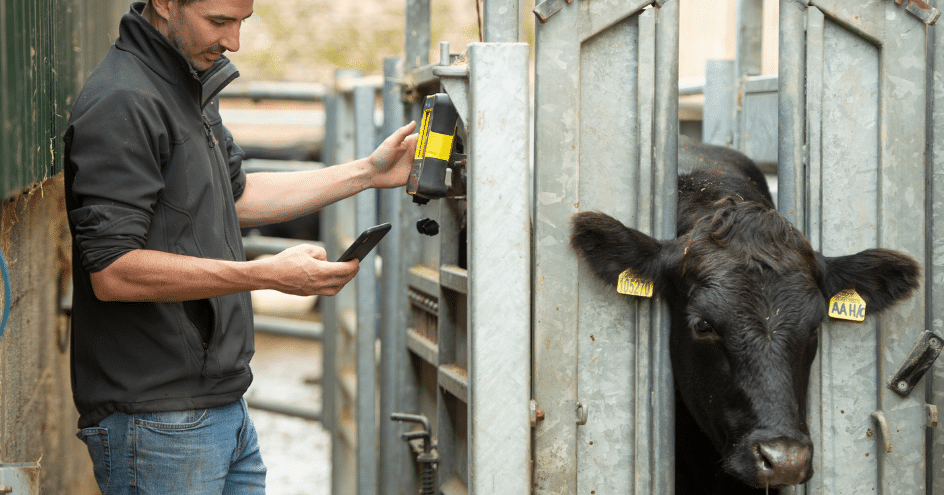How to choose the right cattle crush for your farm

Cattle crushes are important to your farm’s machinery assets because they allow you to stabilise an animal for checks and medical reasons. But what are the different types of crush available? And which is best for you and your farm? We’ll take you through the details.
The types of cattle crush
Cattle crushes are used to immobilise livestock without harm so they can be weighed, vaccinated, tagged and checked for disease or pregnancy. Although every cattle crush is different, they can be broadly separated into three categories:
-
Manually operated - This cattle crush relies on you to operate the squeeze or closing motion to keep the animal in place. This is a traditional type of cattle crush used for generations and is still a common option for many farms.
-
Hydraulic operated - Hydraulic cattle crushes work in the same way as a manually operated version but instead uses hydraulics to trigger the mechanism that keeps the cow in place. These can be seen as a safer option, eliminating human error.
-
Specialist crushes - Specialist crushes might be needed for various purposes such as scanning, foot trimming, smaller versions for calves or specific for long-horned breeds of cows.
There are also fixed and mobile options within these categories. Fixed cattle crushes are often left in one location, whereas mobile versions can be transported and used on different farms, perhaps for contractor purposes.
Although called a cattle ‘crush’, this machinery doesn’t harm an animal and is designed to keep you and your livestock safe and free from injury. The cow is either held by a head bail or a gentle squeeze mechanism to restrict movement.
Which is right for you?
Choosing the right cattle crush for you depends on several factors such as the intended use, how many cows you have, your budget and time considerations.
If you have an infrequent need for a cattle crush or a smaller herd, then a manual crush would suffice and they tend to be a cheaper option. However, they may take up more of your time and you’ll need to be well-versed on how to use a crush for safety reasons.
Hydraulic crushes are the more expensive option. However, they can save you a lot of time, particularly if you have a larger herd. They also eliminate the risk of human error. Although, they are much bigger and are less mobile.
You could also go down the contractor route — if you have a scheduled need for a crush, such as to perform vaccinations or conduct routine weighing, cattle crushes are available to hire if your budget doesn’t allow for an owned crush.
Making weighing easier
To help you save time and log accurate information, have you considered integrated weighing systems? This farm management system links up with weigh heads and EID readers to speed up your weigh sessions.
Using Bluetooth, this app can automatically populate weight figures and link them to the correct animal using a stick reader. That way, you can store the data against the right animal in real-time. Not only does this speed up the process, but it allows you to keep tabs on the weights of your herd, how they’ve changed since the last weigh-in and whether there are any causes for concern.
Take the profitability of your farm to the next level
Finding ways to enhance the profitability and productivity of your farm is what helps you succeed in the future. Consider investing in new technology, exploring new ways of working and capitalising on government subsidies. To find out more, head to our profitability page, where you can read all our helpful resources.
<CTA: Profitability pillar page>




